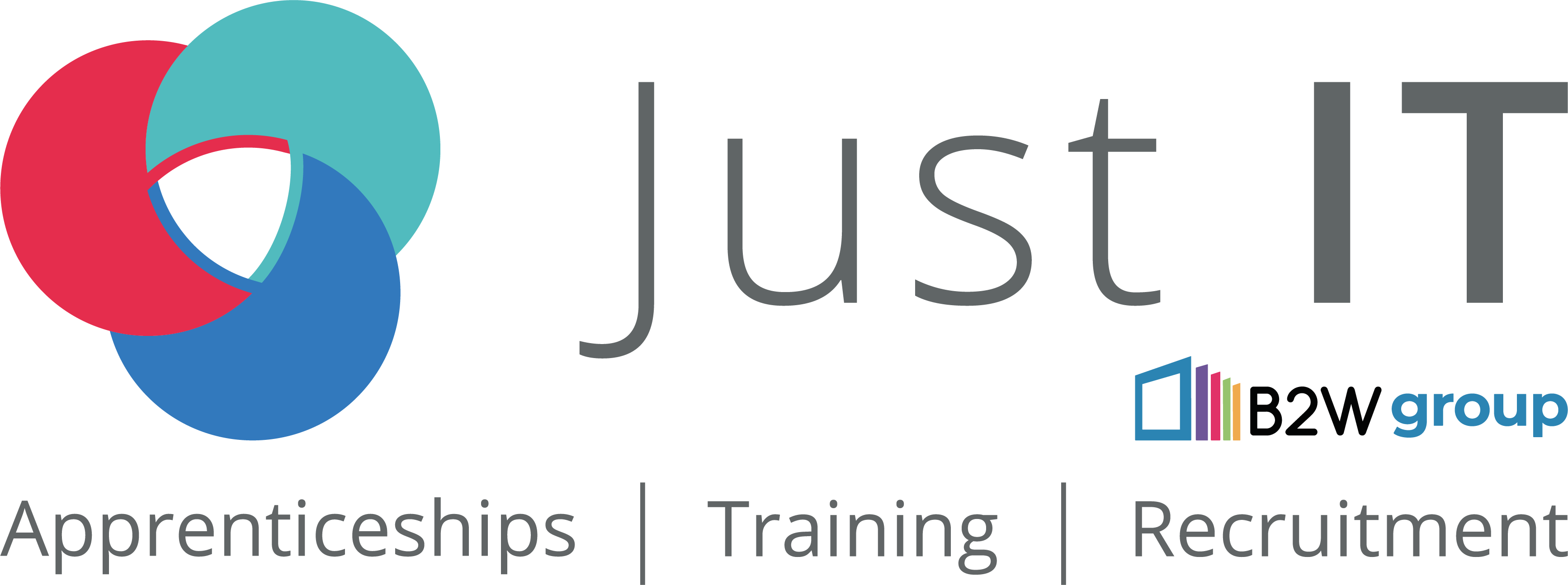Women make up 50% of the working-age population yet only 17% of IT specialists in the UK are female. So why do women not feel encouraged to thrive within the technology sector?
The ‘Women in Tech’ survey conducted by BCS (2020a) asked what people thought was the biggest diversity barrier to getting a job in IT. 52% of women surveyed said they had experienced gender bias or discrimination in the workplace and 78% believe there is a gender pay gap – with some research estimating that women earn as much as 28% less than their male colleagues in the same tech roles.
The big question is – why would women want to build an IT career just to see go up against an unfair difference in pay, as well as gender and age discrimination?
Inspiring Women into Tech
It all starts with what women are encouraged to feel we can achieve, and which subjects are highlighted to us at a young age.
In schools, more boys typically opt for STEM subjects compared to girls and this is one of the big reasons that women don’t seek tech careers. Research found that only 27% of female students would consider a career in technology, compared to 61% of males. Roles within technology and science are not the first career choices that are put forward to women, and stereotypically fall within male career discussions, with women typically encouraged down the teaching/childcare/creative route.
For example, when students were asked to name a powerful inspiration within the technology industry many male names were given, with 78% of students unable to name a single famous women working in tech. As just 5% of leadership positions in the technology sector are held by women, this obviously has a huge impact on how women think about a career in tech. leading them to feel it isn’t an achievable career for them.
We often forget the most powerful women enable tech roles to thrive in some very big companies – Sheryl Sanberg first graduated with a B.A in Economics and then went on to become the Chief Operating Officer at Facebook in 2007 and she has been there ever since. Another great inspiration, Susan Wojcicki, who was Google’s first ever marketing manager in 1999 went on to become CEO of YouTube in 2014.
This amazing progression, and others like it, needs to be shared with young women in education more.
Addressing the Gender Gap
This problem also lies within businesses. Women feeling like they do not meet the description of a job role, so they do not apply. Research conducted by Reed found that women will only apply for jobs that they think suit their skills and fit 100% of the requirements for, whereas men will typically apply if they only meet 60% of the requirements.
Language is also especially important in attracting women to tech roles. Some top tips for making job applications more inclusive for women include:
- Women are commonly deterred by typically masculine terms such as assertive, independent, or aggressive. They are much more likely to respond to softer language such as support, share and responsible.
- Minimise essential requirements such as years of experience to allow people to feel more encouraged to apply for a role.
- Focus on diversity – Ensure your organisation has a diversity policy in place and clearly state you’re actively seeking applicants.
Just IT’s Women in Tech week
Our Women in Tech team within Just IT are working to close these gaps in job descriptions, positions and pay differences as 78% of women highlighted in the Women in Tech survey. We’re also looking externally to support more female learners into tech roles.
We will be hosting a series of webinars from the 9th – 13th of May focusing on different subjects within the technology sector, such as Digital Marketing, Business Analysis, Software Development, IT and Data Analysis, all with the aim to help women of all ages (16+) understand the opportunities available to them within the tech industry, feel inspired by our amazing panellists and know how to kick off their career in tech.
Find out more about our Women in Tech week.
